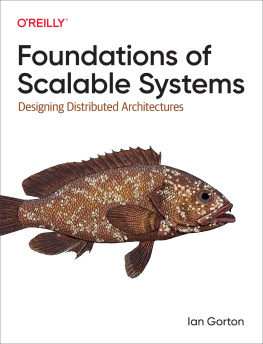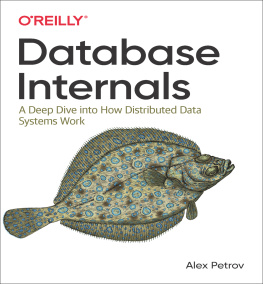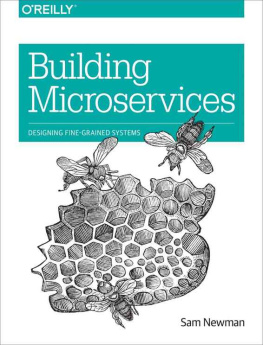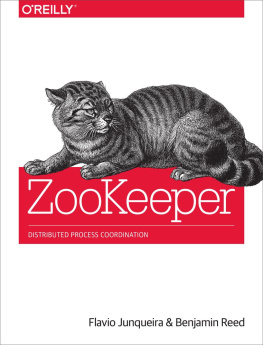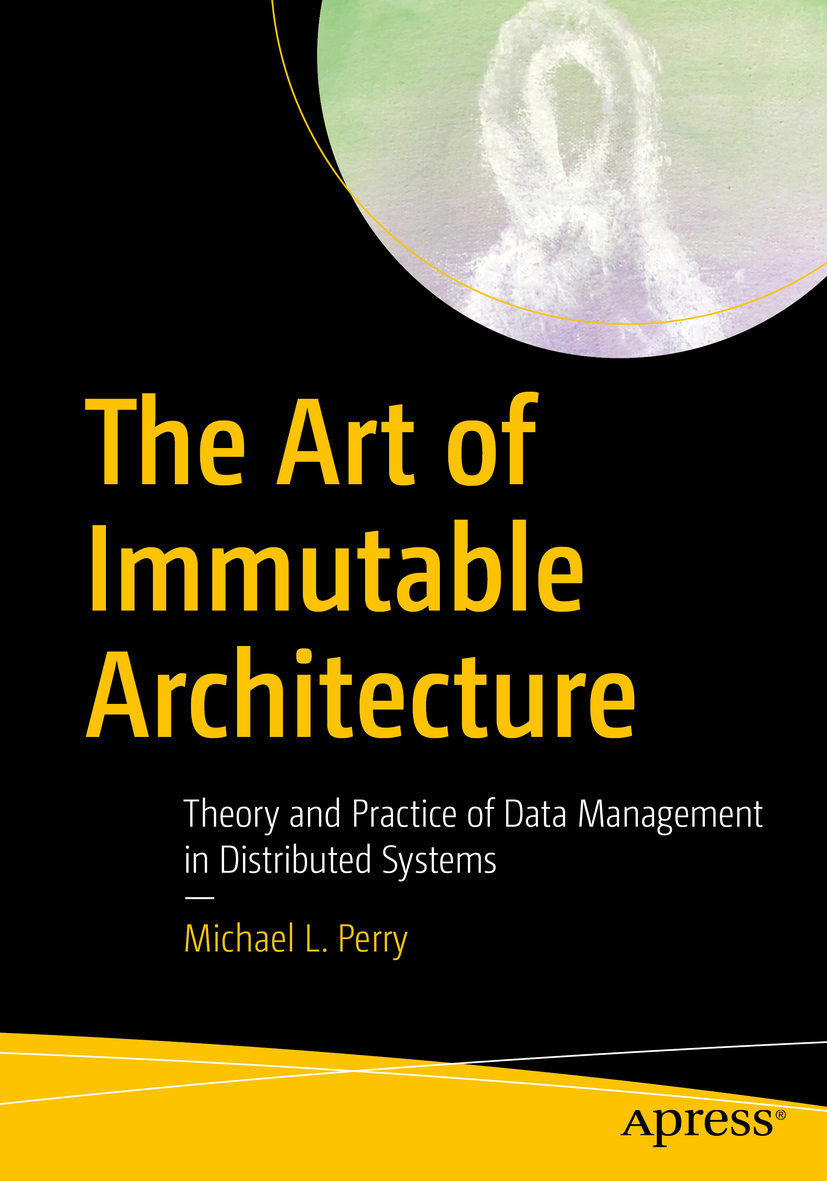Michael L. Perry - The Art of Immutable Architecture: Theory and Practice of Data Management in Distributed Systems
Here you can read online Michael L. Perry - The Art of Immutable Architecture: Theory and Practice of Data Management in Distributed Systems full text of the book (entire story) in english for free. Download pdf and epub, get meaning, cover and reviews about this ebook. year: 2020, publisher: Apress, genre: Computer. Description of the work, (preface) as well as reviews are available. Best literature library LitArk.com created for fans of good reading and offers a wide selection of genres:
Romance novel
Science fiction
Adventure
Detective
Science
History
Home and family
Prose
Art
Politics
Computer
Non-fiction
Religion
Business
Children
Humor
Choose a favorite category and find really read worthwhile books. Enjoy immersion in the world of imagination, feel the emotions of the characters or learn something new for yourself, make an fascinating discovery.
- Book:The Art of Immutable Architecture: Theory and Practice of Data Management in Distributed Systems
- Author:
- Publisher:Apress
- Genre:
- Year:2020
- Rating:4 / 5
- Favourites:Add to favourites
- Your mark:
The Art of Immutable Architecture: Theory and Practice of Data Management in Distributed Systems: summary, description and annotation
We offer to read an annotation, description, summary or preface (depends on what the author of the book "The Art of Immutable Architecture: Theory and Practice of Data Management in Distributed Systems" wrote himself). If you haven't found the necessary information about the book — write in the comments, we will try to find it.
Most software components focus on the state of objects. They store the current state of a row in a relational database. They track changes to state over time, making several basic assumptions: there is a single latest version of each object, the state of an object changes sequentially, and a system of record exists.
This is a challenge when it comes to building distributed systems. Whether dealing with autonomous microservices or disconnected mobile apps, many of the problems we try to solve come down to synchronizing an ever-changing state between isolated components. Distributed systems would be a lot easier to build if objects could not change.
After reading The Art of Immutable Architecture, you will come away with an understanding of the benefits of using immutable objects in your own distributed systems. You will learn a set of rules for identifying and exchanging immutable objects, and see a collection of useful theorems that emerges and ensures that the distributed systems we build are eventually consistent. Using patterns, you will find where the truth converges, see how changes are associative, rather than sequential, and come to feel comfortable understanding that there is no longer a single source of truth. Practical hands-on examples reinforce how to build software using the described patterns, techniques, and tools. By the end, you will possess the language and resources needed to analyze and construct distributed systems with confidence.
The assumptions of the past were sufficient for building single-user, single-computer systems. But as we expand to multiple devices, shared experiences, and cloud computing, they work against us. It is time for a new set of assumptions. Start with immutable objects, and build better distributed systems.
What You Will Learn
- Evaluate a distributed system from the perspective of immutable objects
- Recognize the problems in existing designs, and make small modifications to correct them
- Start a new system from scratch, applying patterns Apply the principles of immutable architecture to your tools, including SQL databases, message queues, and the network protocols that you already use
- Discover new tools that natively apply these principles
Who This Book Is For
Software architects and senior developers. It contains examples in SQL and languages such as JavaScript and C#. Past experience with distributed computing, data modeling, or business analysis is helpful.
Michael L. Perry: author's other books
Who wrote The Art of Immutable Architecture: Theory and Practice of Data Management in Distributed Systems? Find out the surname, the name of the author of the book and a list of all author's works by series.




